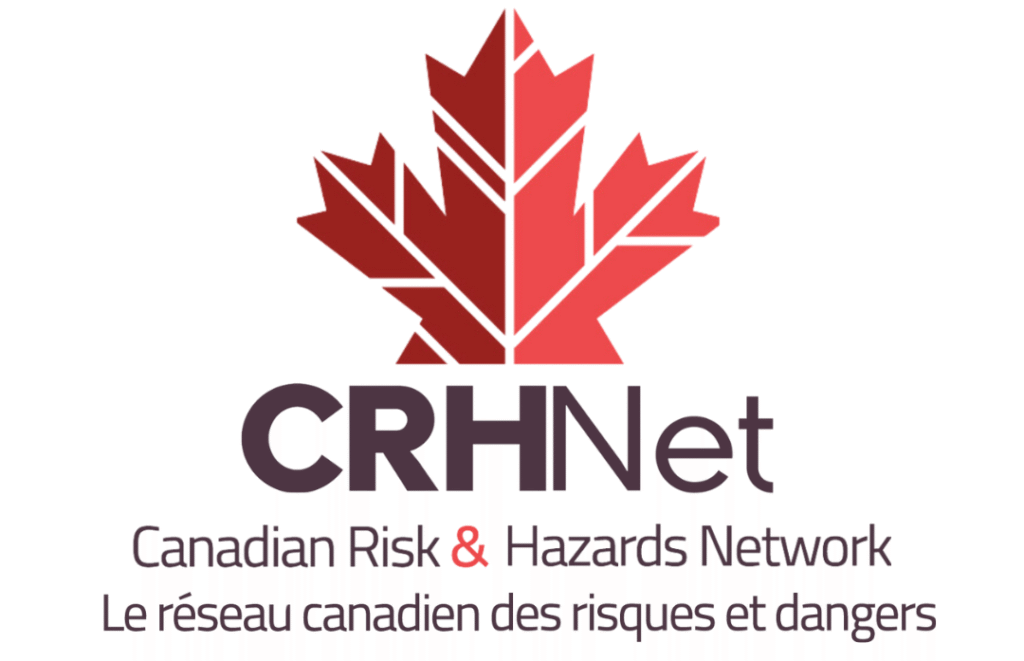Dear CRHNet members and supporters, past and present,
Like so many other organizations around the world, CRHNet has faced a number of challenges leading up to and since the start of the COVID-19 pandemic. We recognize that it is necessary to shift the priorities and activities of the organization in response to both current and anticipated needs, to stay relevant and distinct as a “network of networks” among the growing number of organizations in the disaster and emergency management space across the nation. To this end, we are taking a number of important steps to continue to strengthen the CRHNet.
Over the past two years we have seen a decline in membership, symposium attendance, and sponsorship income that we use to maintain our operations and support CRHNet activities, such as the bursaries and awards that we fund to support the next generation of disaster and emergency management professionals. This has created a serious financial risk for the organization, which, if not addressed and acted upon, may place the sustainability of the CRHNet in increasing uncertainty. At an operational level, as people continue to be pulled in different directions, we have also noted a significant decline in board/committee participation of our members. We know that all our members and supporters share in the passion for our vision and mission; we just need to secure the additional human and financial resources to ensure that CRHNet can continue to be the preferred forum for networking to better address disaster risk in our country.
The CRHNet board has worked tirelessly over the past 18 years to bring together the diverse disaster risk community to increase resiliency through the transfer of knowledge, the building of relationships, and the exchange of best practices. We are proud to say that both our annual symposium and the HazNet publication are recognized across Canada as high quality, respected, and valuable contributors to this mission. To this end, we would like to thank all the volunteers who continue to put in long hours to make sure these efforts continue to advance the field of practice for disaster and emergency management.
The global disruption caused by the ongoing pandemic also forced us to rapidly change the model of our symposium to a virtual event and highlighted the need for us to address our own organizational resiliency and approaches to achieving our vision and mission. We had already begun work on developing a new strategic plan that is future focused when COVID-19 became a reality, and although our work was temporarily disrupted, we were able to come together and complete the plan. We have identified the following f our priorities for t he coming year:
- Organizational Sustainability
- Networking and Engagement
- HazNet
- Transparent and Efficient Organization
This means that we are now looking for ways to diversify our funding streams, build our membership, enhance our website and web content, improve our internal processes, and create new and ongoing engagements for members. Together we can become more resilient and ensure that CRHNet’ s trusted legacy lives on.
We will shortly be sharing the new member/sponsor benefits, with revenue being directed to the Year 1 objectives and priorities of the CRHNet plan. Current members will remain in good standing as we work through this transition, with the aim of increasing our membership significantly over the next few years. This growth will enable us to realize other new and exciting opportunities that will directly benefit our members. The board will continue to lead this work, and we are sincerely encouraging all members to consider playing a more active role in helping CRHNet achieve our goals by becoming members of our Awards, Partnerships and Professional Development, Communications, HazNet, and Symposium committees. This is where the real work happens, and it cannot continue to be done without engagement from members.
Best regards,
Jodi Manz-Henezi,
President, CRHNet
